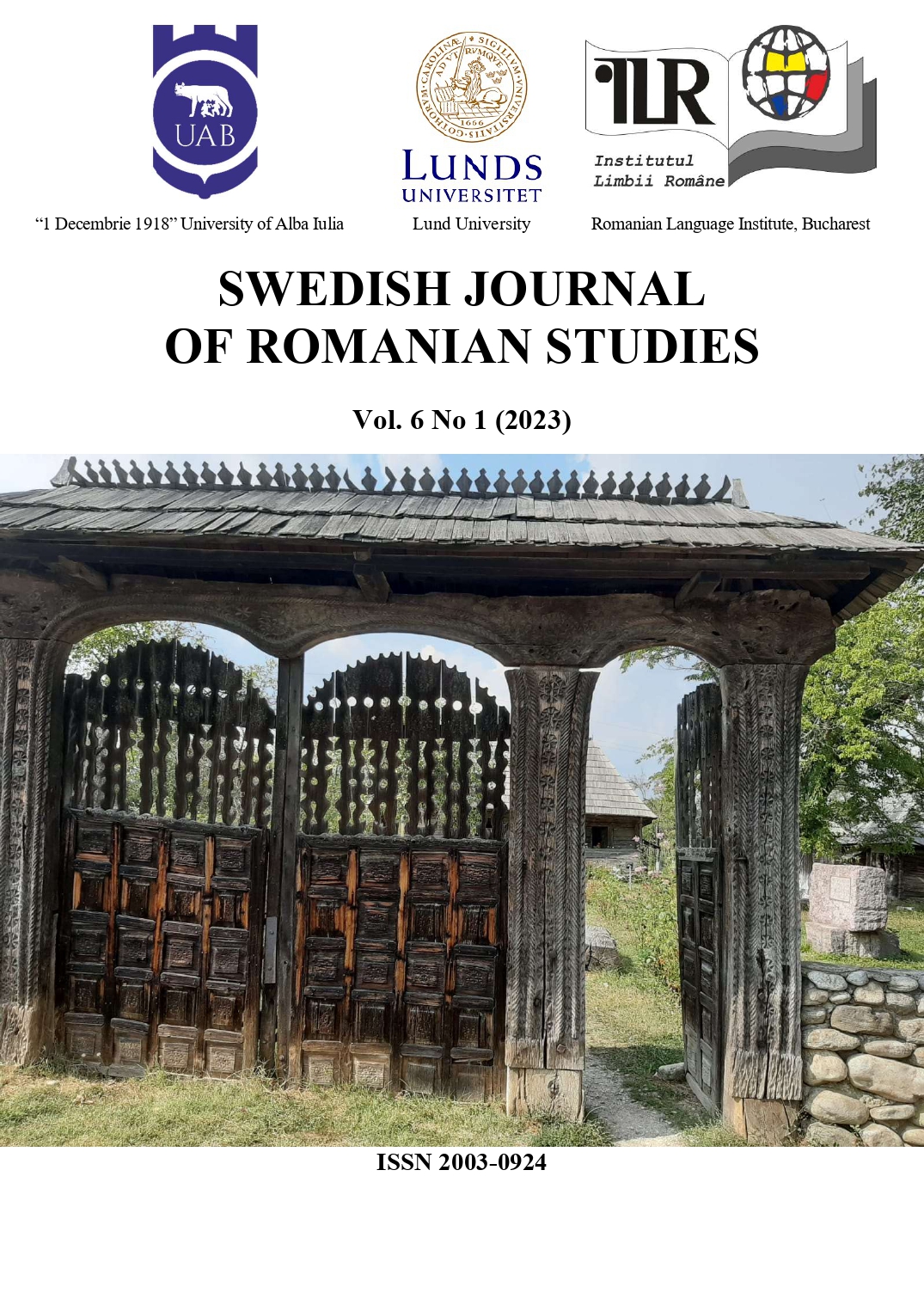Teaching Slavonic in 17th century Romania: teaching material by Staico, professor at Târgoviște
Teaching Slavonic in 17th century Romania: teaching material by Staico, professor at Târgoviște
Author(s): Mădălina UngureanuSubject(s): Cultural history, Local History / Microhistory, Morphology, Lexis, Language acquisition, Historical Linguistics, Comparative Linguistics, Eastern Slavic Languages, Cultural Anthropology / Ethnology, School education, History of Education, State/Government and Education, 17th Century, Philology, Sociology of Education, Pedagogy
Published by: Språk- och litteraturcentrum, Lunds Universitet
Keywords: Slavonic; bilingual dictionaries; 17th century; Romanian; school;
Summary/Abstract: The aim of this study is to present, based on the Rom. ms. 312 from the Academy Library in Bucharest, the teaching material used by a teacher of Slavonic in the second half of the 17th century. Rom. ms. 312 BAR is well-known particularly because it contains the largest dictionary belonging to the group of the first bilingual Romanian dictionaries. The elaboration of these dictionaries should be considered in relation to the political and cultural context of the reign of Matei Basarab, in a period in which Wallachia was influenced by the cultural prestige of Kyiv and of the metropolitan Petru Movilă, who influenced the cultural development of the Romanian Principalities. Matei Basarab wanted to restore the dominance of the Slavonic language and culture, by encouraging the development of schools, among other measures. The necessary linguistic tools were provided by Kyiv, namely the Slavonic-Ruthenian lexicon and Meletius Smotrytsky’s Slavonic grammar (1619). These tools, besides being used as such in schools, provide models for the first Romanian dictionaries and the first Slavonic grammar translated into Romanian. Six Slavonic-Romanian dictionaries have survived, all written in the second half of the 17th century (except for one dating from 1649) in Wallachia, based on the Slavonic-Ruthenian lexicon published by Pamvo Berynda in 1627, which these six works adapted both in terms of the number of entries and the content of the Romanian definitions. Except for the lexicon issued in 1649, the others seem to be modified copies based on a single version. Two manuscripts containing the first Romanian bilingual lexicons also include copies after the same Romanian redaction of the Slavonic grammar. The Rom. ms. 312 comprises the lexicon, part of the grammar, and other lexicographical components, organized as additions to the main word lists. There are several studies on the content of Rom. ms. 312, yet previous research only presents it from a general perspective without much detail on its components. We shall demonstrate that its content is also more complex than that of the other lexicons, indicating and presenting its parts: the first list of words taken from the Slavonic-Ruthenian lexicon; a second list which is independent of it, but which can also be found in three of the other lexicons included in the group; three thematic lists and two lists without a specific theme, plus a dictionary of proper names translated into Slavonic, which has never been studied. Furthermore, we also present opinions on the author of the grammar included in this lexicon. A comparative analysis of the Slavonic grammar of Rom. ms. 312 and the one in Rom. ms. 3473 from the Romanian Academy Library allowed us to advance the hypothesis that these are copies of a previous writing, which was not preserved.
Journal: Swedish Journal of Romanian Studies
- Issue Year: 6/2023
- Issue No: 1
- Page Range: 146-161
- Page Count: 16
- Language: English

